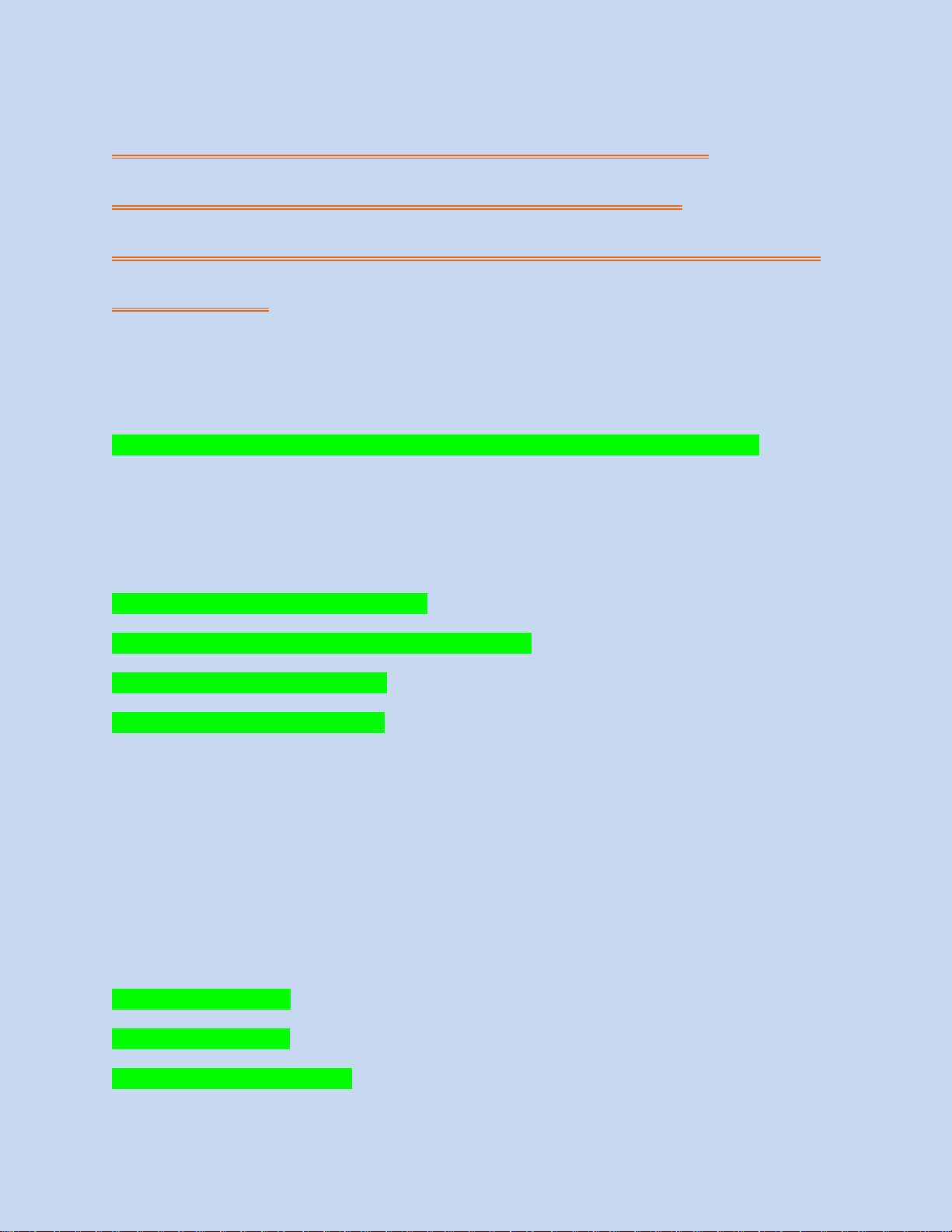





Study with the several resources on Docsity

Earn points by helping other students or get them with a premium plan


Prepare for your exams
Study with the several resources on Docsity

Earn points to download
Earn points by helping other students or get them with a premium plan
Community
Ask the community for help and clear up your study doubts
Discover the best universities in your country according to Docsity users
Free resources
Download our free guides on studying techniques, anxiety management strategies, and thesis advice from Docsity tutors
MATH 1210 Final Exam Review A Survey Of Calculus 1 2025-2026 Questions With Correct Solutions 100% Accurate
Typology: Exams
1 / 5

This page cannot be seen from the preview
Don't miss anything!




Fundamental Theory of Calculus (FTC)
if f is continuous on [a,b], then ∫f(x)dx (on [a,b]) is F(b)-F(a), where F is any anti-derivative of f.
First Derivative Test (FDT)
(1) Determine critical #'s of f by setting f'(x)=
(2) Determine sign of f'(x) on both sides of each critical value
If f'(x) goes from (+) to (-) > relative max
If f'(x) goes from (-) to (+) > relative min
Second Derivative Test (SDT)
(1) Compute f'(x) and f"(x)
(2) Find critical #'s of f at which f'(x)=
(3) Compute f"(x) for each such critical number
If f"(c) is (+) > relative min
If f"(c) is (-) > relative max
If f"(c) is 0 > inconclusive (use FDT)
Definite Integral Steps
(1) Find antiderivative of f
(2) Plug in endpoints of range so that F(b)-F(a)
Who were the two responsible for "inventing" calculus?
Newton & Leibniz
Newton Fun Fact
Leibniz Fun Fact
Indefinite Integral Steps
(1) choose 'u' and 'du'
(2) rewrite integral to include 'du'
(3) write integral in terms of 'u'
(4) find antiderivative
(5) substitute back
y=bⁿ
always goes through (0,1)
continuous everywhere
Extreme Value Theorem (EVT)
a continuous function on a closed interval [a, b] has an absolute minimum and maximum on that interval.
Related Rates Steps
(1) Assign variable to each quantity. Draw diagram if needed
(2) Write given values and their rates of change w/ respect to t.
(3) Find eq'n giving relationship btwn variables
(4) Implicitly differentiate eq'n
(5) Plug in given values
(6) Solve for the requested rate of change
Optimization Steps
(1) Assign letter for each variable mentioned. Draw diagram
(2) Find an expression for the quantity to be optimized
(3) Use the conditions given in the problem to write the quantity to be optimized as a function f of ONE variable. Note any domain restrictions
(4) Optimize function f over its domain
How to find VERTICAL asymptote
(1) find the value that makes denominator equal to 0, but not the numerator
How to find HORIZONTAL asymptote
(1) take the limit of function as x approaches ∞
Definition of a derivative
lim as h→0 of [f(x+h)-f(x)]/h
Intermediate Value Theorem (IVT)
if f is continuous on [a, b], and m is a number between f(a) and f(b), then there exists a number 'c' between 'a' and 'b' such that f(c)=m
Definition of Continuity
A function is continuous when...
f(c) is defined
the limit as x→c exists
the limit as x→c = f(c)